Tags: Digital Simulation Technology Digital Technology
This article refers to the address: http://
1 Introduction
The ability of digital electronic devices to quickly and accurately collect image, voice, and audio data from our surroundings and manage and control that data in the digital realm can trigger communication anywhere, anytime, improving computing performance. Digital electronic devices have also produced more reliable and cheaper medical electronic devices that bring exciting, interactive multimedia content to a wide range of consumer devices. Overall, these advances have placed the world we live in digital control and management.
2. The analog technology in digital electronic devices is very important.
The advantages that digital technology in digital electronic devices can only be realized when it is as good as the analog technology. Its analog technology can correctly restore digital signals represented by "1" and "0" to people can hear and watch. An analog signal that arrives, feels, or is perceived. Without major and simultaneous analog technology innovations, the effects of the digital revolution may be overshadowed. The more information we capture digitally, the more data we have to convert and restore—whether it's real-time voice transmission, audio signals, or video images. Today, as cellular handsets continue to shrink in size and feature settings, the sound quality of high-end car audio systems and high-definition (HD) images of broadcast digital TV are not only intelligent circuit design, advanced manufacturing processes and high-performance digital processing. The product of technology is also the product of continuous innovation in analog design. For example, high-speed digital signal processors (DSPs) enable digital audio receivers to increase their performance by adding multiple audio channels. However, each new channel requires a separate power amplifier to drive the output signal in a manner that is easily recognizable and comfortable to the human ear, as shown in Figure 1, for which the following is explained.
2.1 Figure 1 shows the solution for all digital audio components and digital + analog audio.
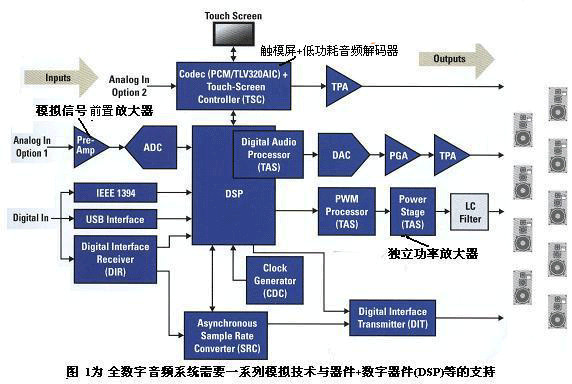
Figure 1 is a block diagram of its composition
To meet the needs of today's digital audio device market design, the solution of Figure 1 full digital audio components and digital ten analog audio is used. The superior performance and design applicability of programmable components allows designers to build an audio system with more features and a more realistic sound experience at a more competitive price. Its analog + digital signal processing (DSP) solutions are the industry's leading digital signal processing (DSPs), high-performance analog device-to-logic, and extended application software portfolio, from the most complex to the simplest audio design. Give the most reliable, accurate, and efficient solution.
The rapid growth of digital electronic devices has actually driven the demand for analog ICs. In many cases, new digital products require high levels of integration and high performance analog ICs to achieve new levels of conversion (see Figure 2 for high performance 24-bit, dual/quad stereo audio analog-to-digital converters), conditioning and stabilization. Signals, as well as control and powering the links, determine today's advanced system functions.
2.2 High-performance 24-bit, dual/four-channel stereo audio analog-to-digital converter (ADC) PCM4202, PCM4204 main features.
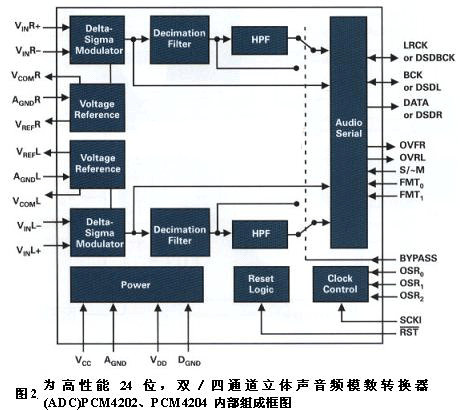
Figure 2 shows the block diagram of PCM4202 and PCM4204.
The PCM4204 is a high performance, quad ADC designed for professional audio applications. It supports 24-bit linear pulse code modulation (PCM) output data with sampling frequencies up to 216kHz. It can also be configured to output 64x or 128x oversampled single-bit direct stream digital (DSD) data for both channels. The PCM4204 is also ideal for DVD audio and Super Audio CD (SACD) recording applications.
Application: Can be used on professional studio equipment with DVD Audio and Super Audio CD (SACD).
In fact, because of the innovation in analog technology, consumer terminals have acquired many of the functions in digital products. This is illustrated by an example of application trends.
3. From the example of application trends, simulation technology has promoted and determined the prospects of digital technology.
3.1 Advances in data converter technology have led to breakthroughs in digital camera (DSC) performance
While advances in DSP and microcontroller (MCU) processing techniques have provided the required bandwidth for digitally processing images quickly, the quality of those images relies on the digital camera analog front end (the AFE is shown in Figure 3 for the DSC block diagram). The ability of high performance data converters (ADCs) to reduce noise and increase dynamic range. Advances in data conversion technology have also enabled AFE to address other common performance issues, such as reducing power consumption to extend battery life, increasing analog-to-digital conversion sampling rates to increase camera shutter speed, and improving image sensor sensitivity. To reduce the flash requirements of high resolution cameras.

Figure 3 is a block diagram of a digital camera. It can be seen from Figure 3 that the camera analog front end (AFE) and high speed ADC will make a breakthrough in DSC performance improvement.
In addition, analog technology innovations not only improve the performance of digital cameras, but also help produce a variety of new digital camera designs. For example, analog technology combined with microelectromechanical systems (MEMS)-based sensors, in order to avoid taking blurred photos, is used to compensate for the "fibrillation" of the camera by adding gyroscopes and data conversion techniques.
3.2 Audio codec in digital audio processing is the key to the full performance of DSP
Whether it's dealing with Dolby 5.1 channel surround sound in home theater applications or 12-channel audio in high-end automotive systems, today's audio signal chains are increasingly digital. However, in reality, the signal chain is only nominally "all-digital" because a large number of multi-channel audio sets new performance requirements for analog technology. For example, the inherent digital signal processing challenges in multi-channel digital audio architectures require design engineers to use multiple high-performance analog power amplifiers to drive the speakers (as seen in Figure 4) and audio codecs capable of converting analog audio signals. Only then can not sacrifice, or "abandon" the performance of the DSP.
3.21 Dolby 5.1 channel surround sound home theater AV receiver.
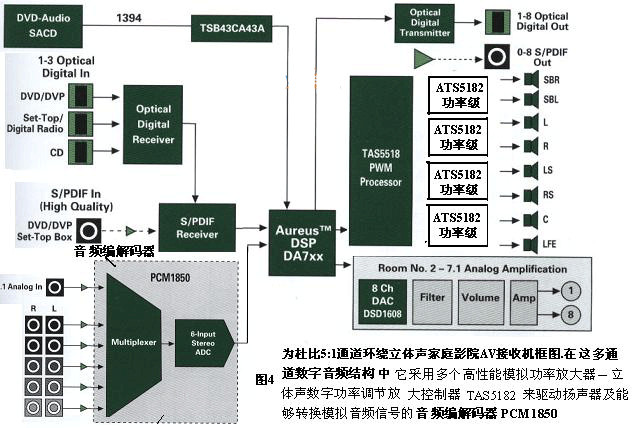
Figure 4 is a block diagram of the AV receiver
The AV terminal device is able to take advantage of DVD audio and SACD high-quality audio format formats and not only provides the highest performance, but also provides customers with the most economical solution. . Aureus Audio DSPs provide processing power for a wide range of audio decoding formats; Burr-Brown audio data conversion products support the highest-end and lowest-cost systems with all-round performance. As seen in Figure 4, it uses multiple high-performance analog power amplifier-stereo digital power adjustment amplifier controller TAS5182 (for higher performance analog power amplifier) ​​to drive the speaker and audio codec PCM1850 capable of converting analog audio signals. Therefore, the home theater AV receiver has a high-speed transmission rate excellent in analog characteristics throughout the entire audio signal path.
3.22 Main features of the stereo digital power adjustment amplifier controller TAS5182.
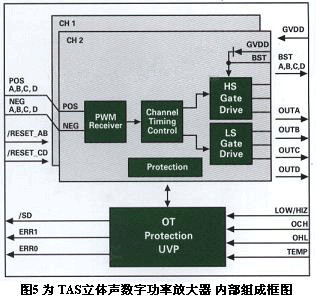
Figure 5 is a block diagram of the TAS5182
The TAS5182 is TI's high power stereo digital audio amplifier driver. Power amplifier power 150W (RMS) can make wave distortion + noise (THD + N) less than 0.1%.
*Main features are: stereo half-bridge (H-Bridge) drive; high power output: 150W 4Ω load RMS state, total harmonic distortion + noise (THD+N) less than 0.1%; 100W 6Ω load RMS state, total harmonic distortion Ten noise (THD+N) is less than 0.1%; 90W 8Ω load RMS state, total harmonic distortion + noise (THD+N) is less than 0.2%; total harmonic distortion of total power range 20-20kHz ten noise (THD+N) Less than 0.10%; self-protection setting with error report (including low voltage, over temperature, short circuit protection); excellent audio characteristics for signal to noise ratio (SNR) of 110dB and total harmonic distortion + noise when connected to TAS5518 (THD+ N) is 0% (typical); supports sampling rate from 32kHz to 192kHz; low electromagnetic interference design is achieved by necessary voltage regulation; no pop (pop) and click (Cick)
* Applications: AV receivers, DVD receivers, active low frequency loudspeakers, micro/portable components and automotive digital amplifiers.
In addition, in many applications, multi-channel audio is introduced into smaller and smaller systems, which requires low-power and low-cost analog ICs that can operate at high efficiency. Even mass-produced consumer audio systems require state-of-the-art audio converters to ensure the high performance and precision required for the highest performance of digital processors.
3.3 The new layer of “digital†cellular handsets is driving the need for new analog functions
With the upgrade of cellular infrastructure from 2G and 2.5G to higher performance 2.75G and 3G services, the development of a new generation of smarter, more feature-rich handsets is being promoted. The rapid convergence of voice, video, and data allows for the addition of such exciting features to next-generation phones, such as MP3 or MP4 music and broadcast TV. The cellular handset market has moved in various directions as manufacturers will be able to differentiate their product lines to meet the needs and habits of different users.
However, the functions in these "digital" cellular handsets are also driving the need for new analog functions, namely the trend of integration of high-resolution cameras into wireless handsets, which requires improved image processing performance and image stability. , focus and stretch control and the data converters and amplifiers necessary to support these functions.
Furthermore, new mobile phones with easy-to-read color displays and user-friendly interfaces require advanced liquid crystal display (LCD) backlight power devices (see Figure 6). And because designers integrate new voice, video, and data functions into these platforms and manage up to 20 different regulated voltages, advanced power management and battery charging ICs are needed to ensure camera performance is not improved. Will shorten the battery life.
3.31 Typical application of bias power supply for LCD and OLED displays TPS65120.
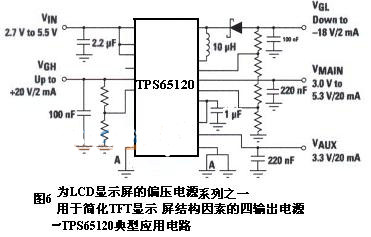
Figure 6 is a schematic diagram of a typical application of the TPS65120
The four-output power supply TPS65120, which is used to simplify the structure of TFT displays, is one of the bias power supply arrays for LCD and OLED displays.
3.311 Its main features
*Main output voltage parameter VMAIN: adjustable voltage, 3.0V to 5.6V/25mA; post-regulation regulation to reduce ripple (5mVpp); ±0.8% typical accurate positive phase output, VGH; up to 20V/2mA Voltage regulation; ±3% typical accurate negative phase output, VGL minimum voltage regulation up to -18V/2mA; ±3% typical accuracy.
* Complementary 1.8V/3.3V linear adjustment.
* Automatic or programmable power supply sequence.
*2.5V to 5.5V input voltage range.
* Output short circuit protection.
* Package mode: 16-pin QFN package (3 × 3 × 0.9mm)
3.312 Application range
It can be used in fields such as cellular phones, smart phones, PDAs, microcomputer PCs, portable DVDs, digital still cameras (DSCs), and digital video cameras.
These requirements, coupled with the challenges of implementing advanced multi-band, multi-mode radio frequency (RF) and analog interface functions required for basic communication engines in 3G handsets, will make the average analog IC cost in wireless handsets shortly The future will rise from about $8 to more than $15 today.
3.4 Medical image processing applications are particularly prominent, and the application in magnetic resonance imaging (MRI) is one of the typical ones.
In the healthcare arena, the availability of a large number of digital technologies and the transition from fixed systems to portable devices are driving the need for new high-performance analog ICs. For example, in medical image processing applications, high speed digital calculations allow doctors to view high resolution CT scan images and ultrasound device images for faster and more accurate assessment of the condition of vital organs or blood vessels. But to take advantage of these new capabilities, you must enhance the signal capture of your products by increasing channel density and improving AFE (analog front end) performance.
Recent advances in programmable variable gain amplifiers and analog-to-digital converters (ADCs, see Figure 7(a)) increase dynamic range and improve image quality. Simultaneous quadrature (I/Q) demodulators and The phase shifter IC improves the performance of the Doppler ultrasound system. In addition, by integrating multiple functions and multiple channels into a single chip, these high-performance analog ICs help design engineers build smaller, more portable systems because they significantly reduce the form factor and power of the product. Consumption.
3.41 Main features of 4-bit 125MSPS ADCADS5500 and its application in magnetic resonance imaging (MRI)
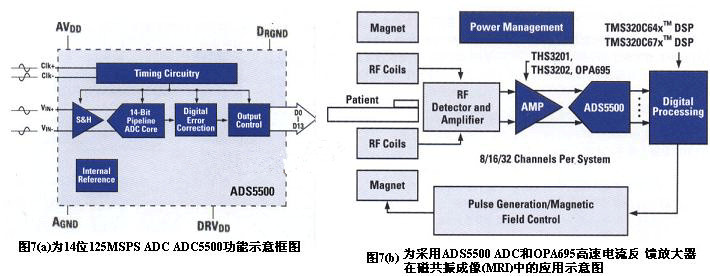
* Figure 7(a) is a functional block diagram of the 4-bit 125MSPS ADCADS5500
The ADS5500 offers a complete converter solution. It includes high bandwidth linear sampling and hold levels and internal references. Designed for applications that require extreme speed and dynamic performance in very small spaces, the ADS5500 features 780mW of low power and a single 3.3V supply. The device provides an internal reference and parallel CMOS-compatible outputs ensure seamless connection to common logic.
* The application of the ADS5500 and high-speed current feedback amplifier in magnetic resonance imaging (MRI) is shown in Figure 7(b).
The ADS5500 can be used in the design of medical MRI equipment. Its 14-bit resolution provides a high SNR, which allows designers to reduce the magnetic field energy required to achieve high image quality. In addition, the sampling rate of 125MSPS also creates conditions for oversampling, which also helps improve image quality and simplify filter requirements. In addition, the ADS5500 is also available in test and measurement instruments, single and multi-channel digital receivers, and video and imaging.
3.5 The adoption of new analog technology has moved the development of advanced television
Although the emergence of high-definition television and cinema-quality audio is due to the digital revolution, the adoption of new analog technologies, like the innovation of digital design, has also driven the development of advanced television. Even in the era of digital broadcasting, televisions still require two interfaces, digital and analog, to support traditional video recorders (VCRs), DVD players, and camcorders. Supports a wide range of interface standards, from standard analog interfaces to the emerging High Definition Multimedia Interface (HDMl) - a highly integrated interface IC that will be used to meet the needs of analog or digital inputs to advanced flat panel display connections.
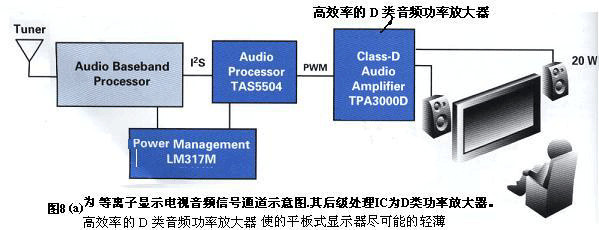
High-performance audio processors will help shift the task of analog sound processing to the digital realm, and new, highly integrated post-processing ICs can improve audio quality by compensating for the limitations of thin flat-panel TV designs. In view of this, a description will be given by taking a plasma display television audio signal channel (see FIG. 8(a)) as an example. From the plasma display TV audio signal channel of Figure 8(a), the high efficiency Class D audio power amplifier solves two problems of flat panel display audio with higher power: heat consumption and power consumption. Low heat dissipation eliminates the need for large heat sinks. Low power consumption effectively reduces the size and cost of AC/DC power supplies. As such, these advantages also make the flat panel display as thin and light as possible.
*20W stereo Class D audio amplifier TPA3100D2 main features
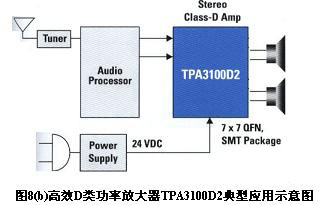
Figure 8 (b) shows the application of TPA3100D2
The TPA3100D2 is a high efficiency Class D audio power amplifier designed to drive bridged stereo speakers. The TPA3100D2 can drive stereo speakers as low as 4Q. The high efficiency (92%) of the TPA3100D2 eliminates the need for an external heatsink when playing music. Its main features are: efficient Class D operation; wide 10V to 26V operating supply voltage; 4 integrated gain settings; thermal protection and short circuit protection and error reporting.
Applications: In addition to plasma TV (PDP) applications, it can also be used in CRT, digital light source processing television (DLPTV) and liquid crystal television (LCDTV).
4 Conclusion
From the above analysis, analog technology is the data conversion technology and front-end signal processing technology needed to control and manage various physical phenomena in the real world (such as image, light, sound, motion, pressure and temperature), which is valuable for creating. New types of digital terminals (equipment) are very important and indispensable factors. Therefore, designing and developing analog, digital, and mixed-signal technologies and increasing system integration, reducing package size, reducing power consumption, and reducing system cost are key to meeting the popular mass market cost structure of digital designs. Therefore, as a designer, you should choose the right IC to bring the full potential of its digital design to real life.
HOTEL SAFES
Safes are especially designed for short time secure storage of hotel guests` valuables and laptops.
Details:
A Hotel Safe is anti-drilling, anti-burglar and anti-force safe;
It can protect security of customers` luxurious or personal items in a hotel;
The safe is a side door safe with an independently installed board.
Hotel Safe
Hotel Safe ,Digital Safe Box ,Hotel Use Safe,Finger Print Safe
YONGFA INTELLIGENT TECHNOLOGY SECURITY CO., LTD. , http://www.yongfa-safe.com